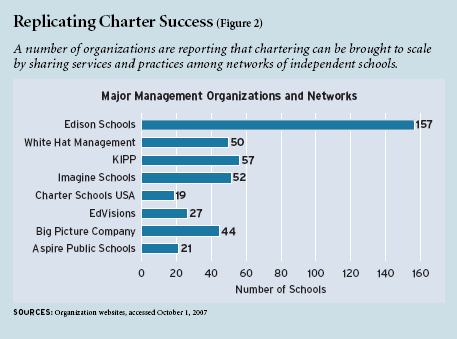Becoming A Chartered Market Technician Growth Financial
Post on: 16 Март, 2015 No Comment

The Market Technicians Association (MTA) is an organization that was incorporated in 1973 as a not-for-profit, with the intention to propagate the study of technical analysis for present and future market professionals. During this time period, however, the study of technical analysis wasnt the all-pervasive study that it is today, so its full acceptance took time as market professionals moved from pencil and graph paper to computers. This may explain part of the reason why the first Chartered Market Technician exam was not awarded by the MTA until 1989. Despite a slow beginning, the MTA today claims over 4,500 members in over 85 countries around the world.
Confirmed Skills
When the MTA confers the honor of the chartered market technician (CMT) designation, it certifies to the exchanges, the investment community and the public that candidates have the full and comprehensive body of knowledge of technical skills from past and present to be able to conduct research, sign their names to a research report, recommend trades and investment programs from a wide variety of financial instruments and markets, and even trade their own accounts with proficiency. With trillions of dollars flowing through the financial markets on any given day, as opposed to millions from days past, the importance of the CMT designation bestows a greater consequence to those that are charged with the management of that money.
More than a Reading
The CMT encompasses much more than the ability to read a chart. Candidates learn to read and fully understand point and figure, line and candlestick charts from price perspectives past, present and future. Candidates also learn the relationship between these prices and price patterns, as well as trends and what they mean, how to draw trend lines and how to determine if trends will continue or fade .
Candidates then advance their knowledge to indicators and how they work, how they are calculated and the meaning and purpose behind those calculations. Candidates will learn implied volatilities, put/call ratios and inferential statistics from correlation analysis to t-tests to regression analysis. They learn volume, breadth. short selling. sentiment gauges and intermarket analysis. While these examples name only a small portion of the technical skills learned from the three exams needed to become a CMT, the exams in themselves test a much wider knowledge of technical skills and analysis.
Passing the Test
The Level I exam tests definitions and measures basic concepts of terminology, charting methods and ethics. The inclusion of ethics is not a recent focus due to past scandals, but it has been given greater weight to each exam. Failure to pass the ethics portions on the CMT Level III exam means automatic failure of the entire exam. Ethics encompasses factors of public trust, inside information and research reports, to name just a small portion of the tested ethics for each exam; its comprehensive and shouldnt be treated lightly by candidates.
The cost for the CMT Level I exam is a total of $500: $250 covers the whole program fee that allows a candidate five years to complete all three exams. The exam consists of 120 multiple choice questions and has a two-hour allotted time period for testing. Exams are offered in the spring and fall at many locations, not only in the United States but in 300 sites, worldwide.
The CMT Level II exam is a four-hour, 150-question ordeal that measures application of technical analysis, ethics, Dow Theory and inter-market analysis, to name a few categories. The cost is $450 and it is offered in the spring and fall.

The CMT Level III exam used to consist of an outside written research project that demonstrated a high level of technical analysis skills, but was changed to strictly essay exam questions that demonstrate well-thought-out research opinions, portfolio analysis and theory and ability to integrate a high level of technical analysis skills. Candidates are allotted four hours to complete this last and rigorous exam. The pass rate is generally around 70%, historically. The cost is $450 and the exam is offered every spring and fall. The designation will not be conferred until a candidate has achieved three years of work experience, joins the MTA and maintains $300 a year in annual dues.
Study Time
All three exams require independent study. The MTA recommends 100 hours of study for the first exam, 140 hours for the second and 160 hours for the third; however, they offer forums, mentorships and webinars to help candidates further their comprehension and study.
Passage of exams one and two qualifies a candidate for a Series 86 exemption. The Series 86 is a research analyst designation that addresses research reports and a candidates ability to conduct research, so candidates no longer need to take this exam. This is thanks to the National Association of Securities Dealers (now known as the Financial Industry Regulatory Authority (FINRA)) submittal of a rule that was accepted by the SEC and recognized by the exchanges.
The Bottom Line
Many CMTs have moved forward with rich and rewarding careers. Some invented indicators or a unique trading methodology; some became teachers, analysts, mentors and authors. Some became independent traders, while many work for the exchanges, hedge funds, firms and brokerages that cover many different markets. The opportunities are immense and the rewards are great.














